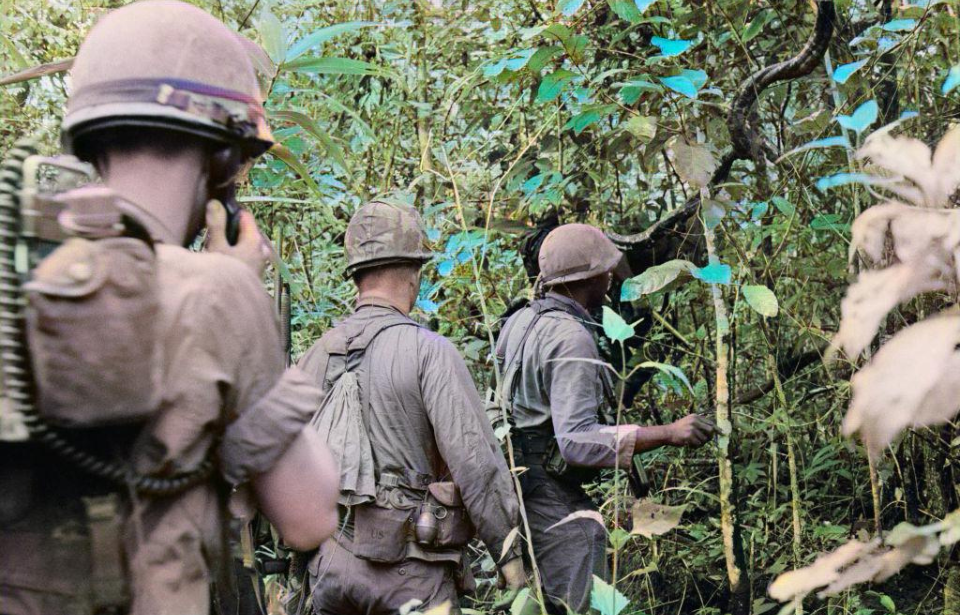The experience of war has always been intertwined with the environment. Weather, landmarks, climate and ecology all play a role in the outcome of a battle, especially when fighting in a country entirely different from your own. The American experience during the Vietnam War was especially difficult when it came to the environment – many soldiers were suddenly thrust into a deep jungle filled of unknown threats, ranging from Viet Cong sniper dens to venomous snakes.
Apart from deadly critters and dense vegetation, simply marching through the jungle threatened the well-being of soldiers serving in Vietnam. Swarms of mosquitos, many carrying malaria, were inescapable, while the damp and difficult terrain could lead to the development of horrible foot sores. Dirty drinking water was also a common cause of illness and infection.
Throughout the war, thousands of US soldiers died of non-combat-related causes. The following list features just some of the dangers these servicemen faced on a daily basis.
Venomous snakes
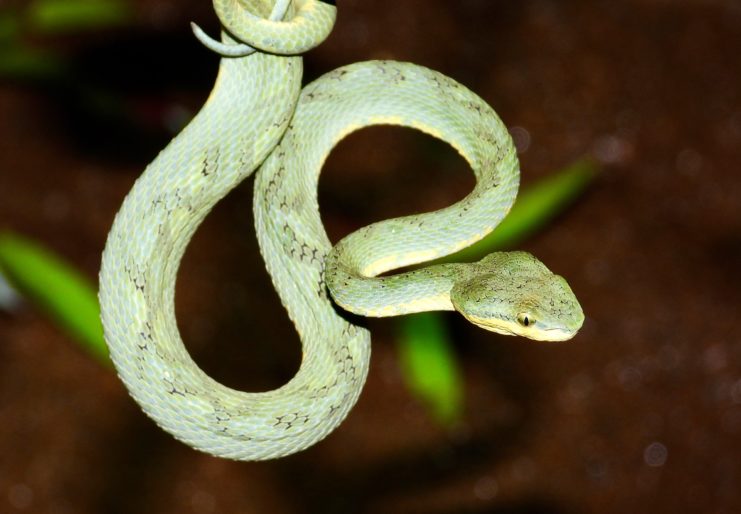
Venomous snakes are among the most dangerous creatures lurking in the Vietnam jungle. According to the US National Archives, between 25-50 American soldiers were bitten by snakes annually during the Vietnam War. While not every snake you come across in the jungle is venomous, two specific species are commonly found – and you don’t want to mess with them.
The yellow-bellied bamboo pit viper was dubbed the “two stepper” by American troops, due to its lethal venom, which can kill you in two steps. While it takes much more than two steps to succumb to bamboo pit viper venom, it is lethal. These snakes were used as biological weapons by the Viet Cong, who would hang them from tunnel ceilings. Once a soldier entered a tunnel looking for explosives or hidden enemies, a contraption would drop the snake on their head.
King cobras were also a prolific species seen throughout the war. One of the largest venomous snakes in the world, it can reach four meters long. Troops found these massive snakes in the jungle, rice paddies, outhouses and even curled up on the seats of helicopters.
Dale Vaughn, a door gunner with the 114th Assault Helicopter Company, 1st Aviation Battalion, came across a baby cobra he kept as a pet. Stowed in a cooler under his cot, he named the reptile “O” after the large white shape on the back of its head.
Aggressive insects
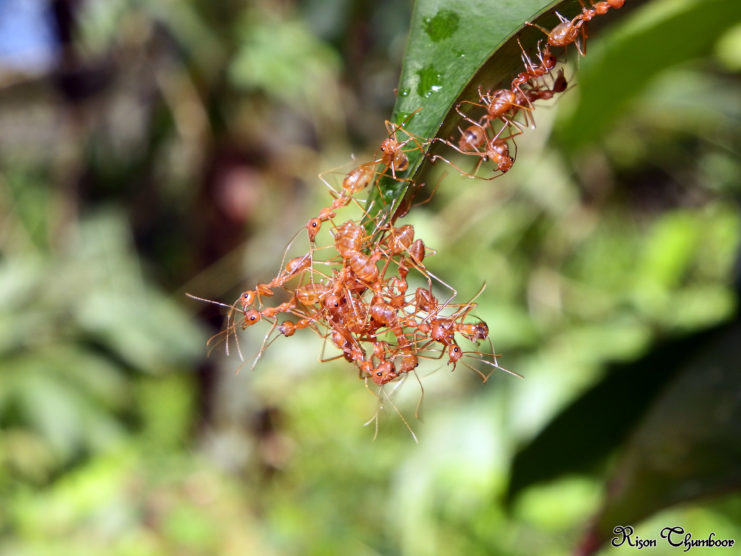
Aggressive weaver ants earned the nickname “Communist ants” from US troops, due to their red color and the fact they seemed to only attack Americans. One wrong step in the Vietnam jungle could trigger a colony to attack – and they would stop at nothing to get their revenge. Weaver ants were also reportedly immune to the Army-issued bug spray, and while their bite isn’t venomous, it is extremely painful.
Another fierce insect troops had to contend with was the Vietnamese centipede. Just one bite from the up to eight-inch-long arthropod can not only be extremely painful, but also deadly. Along with scorpions and spiders, they’re among the largest insects encountered by American soldiers in the Vietnam jungle.
Veit Cong tunnels
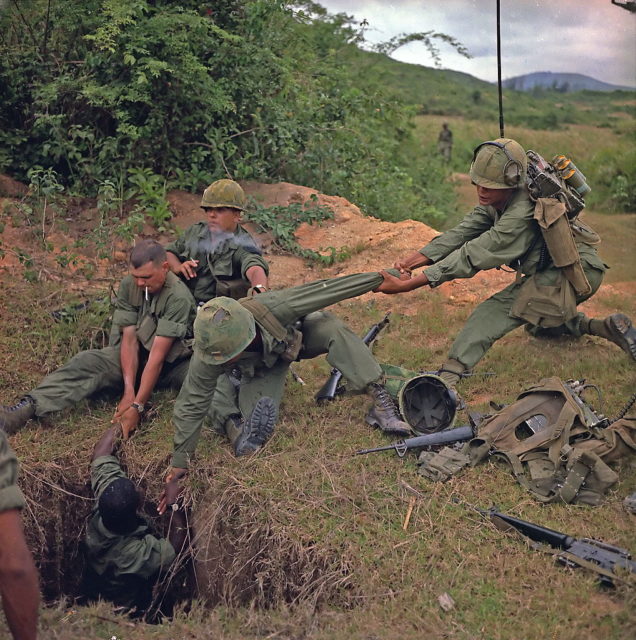
The Viet Cong not only had the upper hand in the Vietnam jungle. Their dense network of secret tunnels and booby traps were also a deadly – but common – occurrence. The tunnels date back to the conflict between the Viet Minh and France for colonial control of Vietnam, and ran for miles. They contained everything from hospitals and ammunition stores, to living quarters. Complete with food, water and a complex ventilation system, members could live within them for months at a time.
While American soldiers trudged through the jungle on foot, their enemy could easily travel through an area using the tunnels. This allowed them to avoid environmental dangers of the environment, as well as possible human threats. This complex tunnel system also gave the Viet Cong the perfect place to launch surprise attacks.
US troops were charged with demolishing these tunnels with explosives or by flooding them with gas and water. However, it was quickly realized these tactics were insufficient, as the Viet Cong had designed the tunnels to prevent flooding and serious damage. To properly wipe them out, volunteers known as “tunnel rats” explored them by hand with only a flashlight and gun. The cramped spaces were booby-trapped with grenades, gas, trap doors, flooding and even venomous snakes.
Killer plants
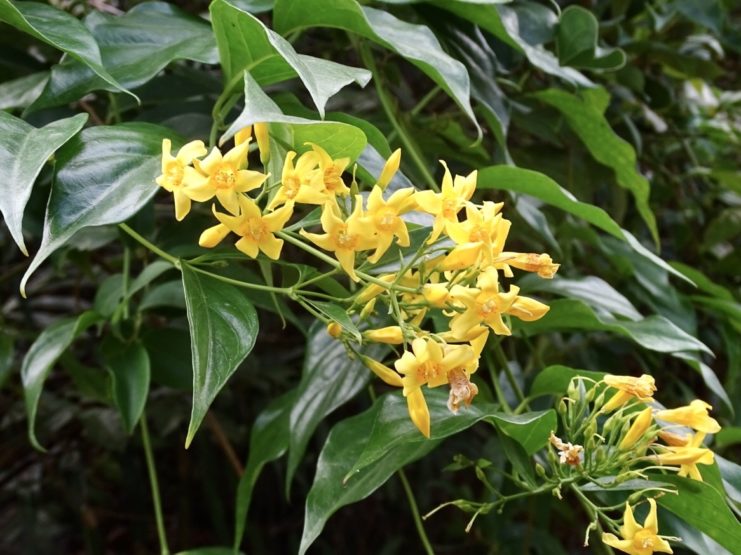
Navigating the thick and tangled brush of the Vietnam jungle could mean life or death for some soldiers. The hostile environment was a maze of dangerous animals, hidden assassins and plants that could maim or even kill. Heartbreak grass, or gelsemium, is an unassuming but poisonous plant that claimed many lives.
The plant contains a compound similar to strychnine and its effects can be felt almost immediately, eventually leading to death by asphyxiation. Despite its killer reputation, accidentally ingesting heartbreak grass occurs quite regularly and has been in the news over the last few years in relation to the suspicious death of a Russian whistleblower in 2012.
Stories of the “wait-a-minute” vine, or rattan plant, were also prolific among soldiers trudging through the Vietnam jungle. Tim Lickness, who arrived in Vietnam in 1968 with the 101st Airborne Division, described the vine’s ability to “grab you” and “suspend you in the air.”
Wait-a-minute vines come from a plant that grows long cable-like arms that easily hook onto and even tear skin and clothing, eventually wrapping you in an inescapable net. While these plants were only encountered off trails, many units decided to risk trudging through them to avoid trip wires, since the vines made it impossible to set traps.
Another plant known as elephant grass was so sharp, it would leave painful cuts on soldiers’ skin. The razor-sharp plant is practically impenetrable – we can only imagine the dread one would feel when a patch of elephant grass crosses their path.
Man-eating wildlife
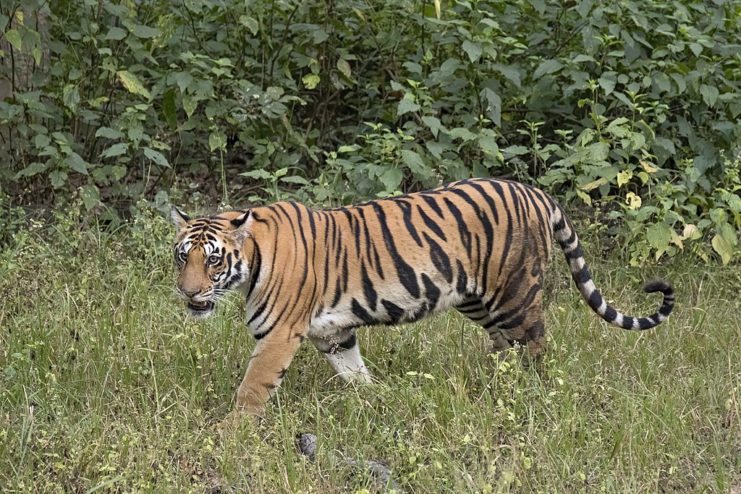
Tigers, crocodiles and elephants – oh my! Plants and hard-to-see insects aren’t the only dangers lurking in the Vietnam jungle. Crocodiles lurk in the water, and elephants can charge unprovoked.
On December 22, 1968, a massive tiger stalked a team from the 3rd Marine Recon Battalion as they performed a routine patrol. While the team of six were waiting for a helicopter to take them back to base, bad weather meant they had to spend the night in the jungle. While two sat on guard, the other four went to sleep. That’s when the tiger attacked one of them.
PFC Roy Regan was sleeping next to the victim of the attack, and later recalled, “I jumped up and saw the tiger with his mouth around my partner. All I could think about was to get the tiger away from him. I jumped at the tiger and the cat jerked his head and jumped into a bomb crater ten meters away, still holding his prey.”
The men leapt into action and began firing their guns at the animal, who released its prey and allowed the Marine to crawl out of the crater. When the helicopter arrived in the morning, its crew found an injured comrade, the other five men and a dead tiger.
Viet Cong traps
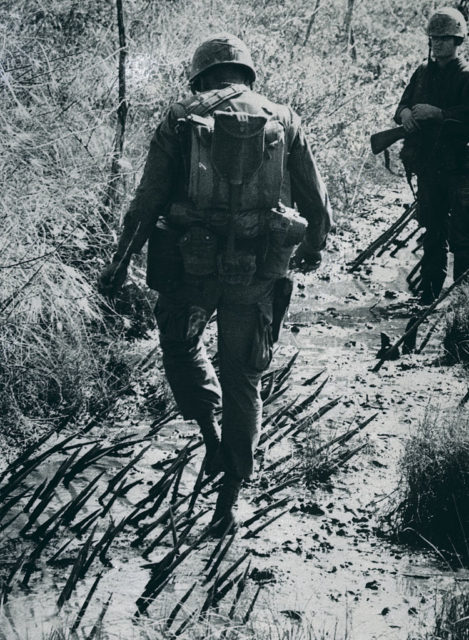
As if the Vietnam jungle wasn’t enough for US soldiers to contend with, they also had to be on the lookout for traps laid by the Viet Cong. The aim of these was to maim, not kill, American soldiers, as it forced an entire unit to slow down while aid was applied. Not only did they cause physical injury, they also had a psychological effect, reducing morale.
Among the most notable traps deployed by the Viet Cong were Punji sticks, which were sharpened bamboo stakes that stuck out of the ground and were covered in either feces, urine or poison. This ensured that those who encountered them not only suffered a cut from their sharp points, but also an infection that kept them out of commission.
The swinging mace was also another formidable trap. Triggered by a tripwire, it was a heavy clay ball covered in spikes, which would cause serious injury to the upper portion of a soldier’s body. It was similar to the bamboo whip, a pole with spikes attached to it. When triggered, the trap could travel up to 100 MPH, inflicting a lot of pain.
More from us: John McCain Survived Being Imprisoned By the North Vietnamese for Over Five Years
A final noteworthy trap deployed by the Viet Cong was the the rudimentary grenade-in-a-can. As its name suggests, it was made up of an active grenade placed within a can. Depending on the location, this type of trap was made up of one or two grenades, with the latter connected by a tripwire.
